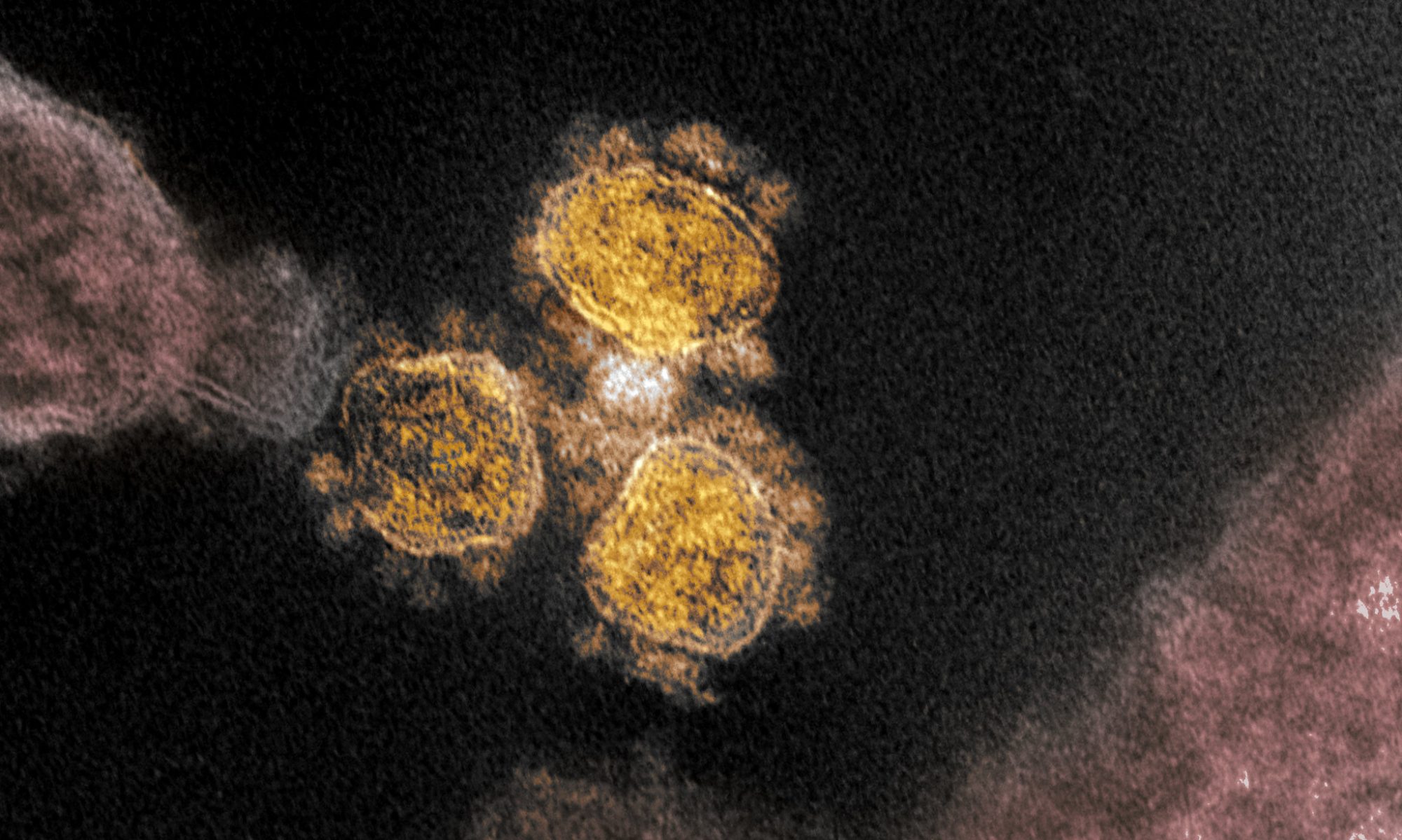New research suggests that the seemingly unusual phenomenon of “happy” hypoxia, or silent hypoxemia, in people with COVID-19 can be explained by long-established principles of respiratory science.
A new study has suggested that “long-established principles of respiratory physiology” can explain the otherwise confusing presence of silent hypoxemia patients with COVID-19.
The research, published in the American Journal of Respiratory and Critical Care Medicine, may help clinicians better support patients with severe cases of COVID-19.
Silent hypoxemia
The ongoing COVID-19 pandemic holds many mysteries. Among the more baffling has been the frequency of silent hypoxemia, or happy hypoxia, as it has been dubbed in the media.
Hypoxemia is defined as “a decrease in the partial pressure of oxygen in the blood.” As blood oxygen levels begin to reduce, a person may experience shortness of breath, also called dyspnea. If blood oxygen levels continue to fall, the organs may shut down, and the issue becomes life threatening.
COVID-19 is primarily a respiratory illness, and a severe case can reduce the amount of oxygen that the lungs can absorb. Blood oxygen levels have been found to be very low in some COVID-19 patients.
As reported in various media sources, including Science, despite low blood oxygen levels, some patients appear to be functioning without serious issues or even shortness of breath.
According to the authors of the present research, the condition “is especially bewildering to physicians and is considered as defying basic biology.”
Alex
Koordynator projektu



